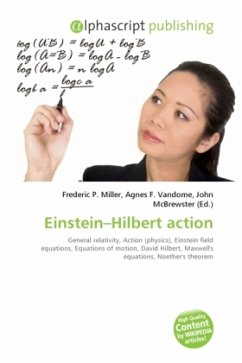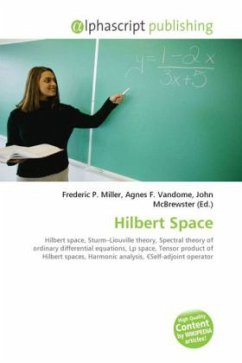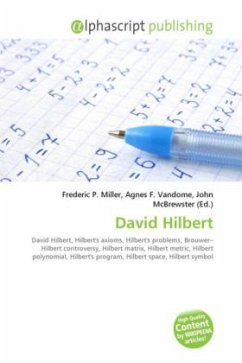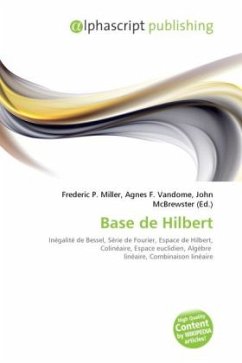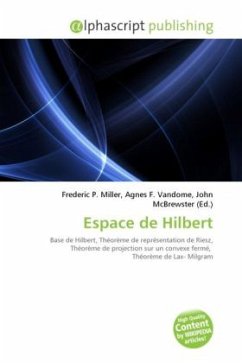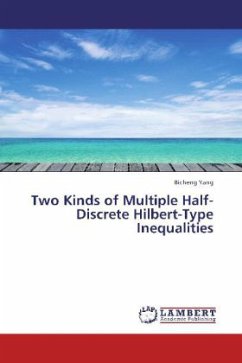The Einstein Hilbert action in general relativity is the action that yields the Einstein's field equations when varied to obtain equations of motion for the spacetime metric. The action was first proposed by David Hilbert in 1915 (Hilbert, 1915). The derivation of the Einstein equations from an action has several advantages. First of all, it allows for easy unification of general relativity with other classical fields theories (such as Maxwell theory), which are also formulated in terms of an action. In the process the derivation from an action identifies a natural candidate for the source term coupling the metric to matter fields. Moreover, the action allows for the easy identification of conserved quantities through Noether's theorem by studying symmetries of the action. In general relativity, the action is usually assumed to be a functional of the metric (and matter fields), and the connection is given by the Levi-Civita connection. The Palatini formulation of general relativity assumes the metric and connection to be independent, and varies with respect to both independently, which makes it possible to include fermionic matter fields with non-integral spin.
Bitte wählen Sie Ihr Anliegen aus.
Rechnungen
Retourenschein anfordern
Bestellstatus
Storno

